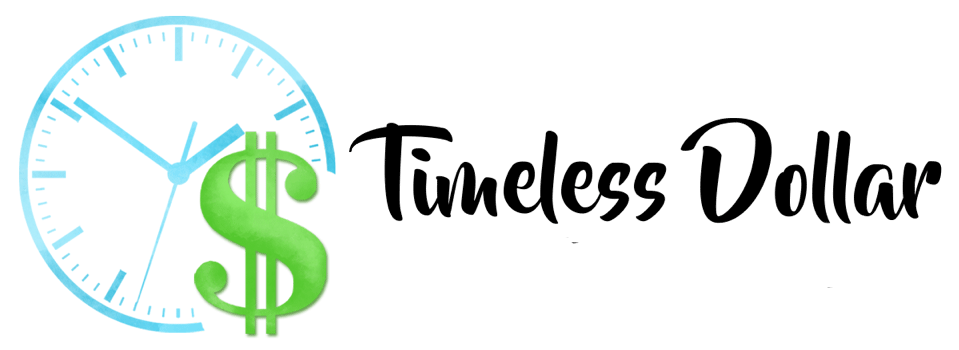
Are you looking to start a SaaS business? Run through this checklist before you do.
July 1, 2019 6 min read
Opinions expressed by Entrepreneur contributors are their own.
Consumers worldwide are enjoying the instant accessibility of cloud computing as well as the easy upgrades, improved mobility and low costs. Yet, as this growing business model booms, so does the competition. Trendsetters like Google, Oracle and Amazon are setting standards for experience and design, while disruptive innovators are growing quickly.
Related: What Makes SaaS the Go-to Option to Build a Digital Ecosystem?
And all have never had it so easy when it comes to scaling and shaking up the market.
If you’re one of the many budding entrepreneurs looking to dive into the competitive SaaS market, I have put together a checklist to keep your business on track and make sure you avoid some of the common pitfalls:
1. Have you educated yourself and created a lean plan?
The real benefit of the tech market is its flexibility. You often won’t need a large team or even permanent office space to get started. So strip your business down to its essentials, and try to wear as few hats as possible. If you create a lean plan and spend time focusing on what truly matters to your business, you will improve your chances of success. There are plenty of books available which discuss how to create lean startup plans. I recommend The Lean Startup by Eric Ries as a good jumping-off point.
2. Are you focused on your MVP?
Most SaaS businesses stem from a core idea, which can then snowball into a more complex product. Identifying this core function and developing it to the fullest is a better strategy than trying to build a more complex product which solves a host of problems. The initial customers you acquire can give you a great motivational push to keep your business growing. Once you have some feedback from your early users, you will be in a better position to develop your business in new directions and to prioritize any upcoming features.
3. Are you gathering quantitative feedback?
Once you have created a prototype product or launched a beta version of the product, getting quality feedback is crucial. If you plan on creating surveys, ask respondents to quantify their answers by using questions such as: “On a scale of 1 to 10, how easy is our app to use?” The benefit of quantification is the ability to measure the progress of your business as you gather responses over time.
Related: How to Determine Your SaaS Business’ Cost of Acquisition
One year down the line you might be getting 8’s rather than 5’s, and this data can be more easily visualized. Arming yourself with visual evidence of your business’s progress will be useful for enticing investment and improving company morale.
4. Have you put design first?
User experience (UX) is one of the most important aspects of the digital world. An appealing, easy-to-use interface can be the difference between securing and losing a customer. Good designers are not cheap to hire, but as Neil Patel explains, they are worth every penny. Investing in strong design will pay for itself in the long run by helping to better define your brand while avoiding the kind of user experience that causes customer churn.
Whether they come from Dribbble or UpWork, or from word of mouth, designers aren’t hard to find. Just be sure to check their references before making a hire.
5. Have you hired the right developer?
Translating your idea into code is perhaps the greatest challenge of building a SaaS business from scratch, and it all depends on finding the right developer. There are many questions to consider, and you can see a rundown of some of them here. In short, you need to determine when you need your developer to start work; when he is expected to deliver results; what coding language he is to work with; whether the SaaS product will be highly specialized; what your budget is; and whether your developer should have other skills, such as an eye for design.
Remember to check your developer’s references to make sure he or she can produce well-written code. I have seen several businesses receive reduced valuations due to messy, undocumented code.
6. Are you spending half your time on marketing?
Creating a SaaS product can be hard, but most successful founders I know have one thing in common: They are also effective marketers. One doesn’t need to be a marketing professional to come up with a plausible marketing strategy. As discussed by Animalz.co, a solid content-marketing strategy can be the best way to market a startup without breaking the bank. By thinking about your buyer personas, and creating “content clusters,” where a core piece of content links out to a set of related articles, you will put yourself in a good position to reap the SEO benefits.
7. Are you moving quickly?
One of the advantages of being in a lean SaaS startup is you can move quickly.
Once you’ve launched your app or site, receiving feedback and quickly implementing changes will help you retain those early customers. By building a personal relationship with your first customers, and showing the speed with which updates can be iterated, you will lower churn rates and build an early adopter network.
There are also dozens of analytics products available to help monitor your traffic and subscriptions, and you should be aware of the metrics it’s important to track on a daily basis. By looking out for issues with non-converting traffic, and by quickly responding to customer service tickets, you will develop your product quickly, with clear guidance from the people that matter.
Final thoughts
The real benefit of this growing SaaS market is that it is so accessible. None of the above tips are tricky to implement, but together they can help build a SaaS business with staying power that stands above the competition.
Related: 5 Growth-Hacking Secrets for Your SaaS Business
So, make sure you educate yourself before putting pen to paper, and focus your development team on clean design. With some effective marketing and an easy-to-use product, you will give your core business idea the best chances of survival.

